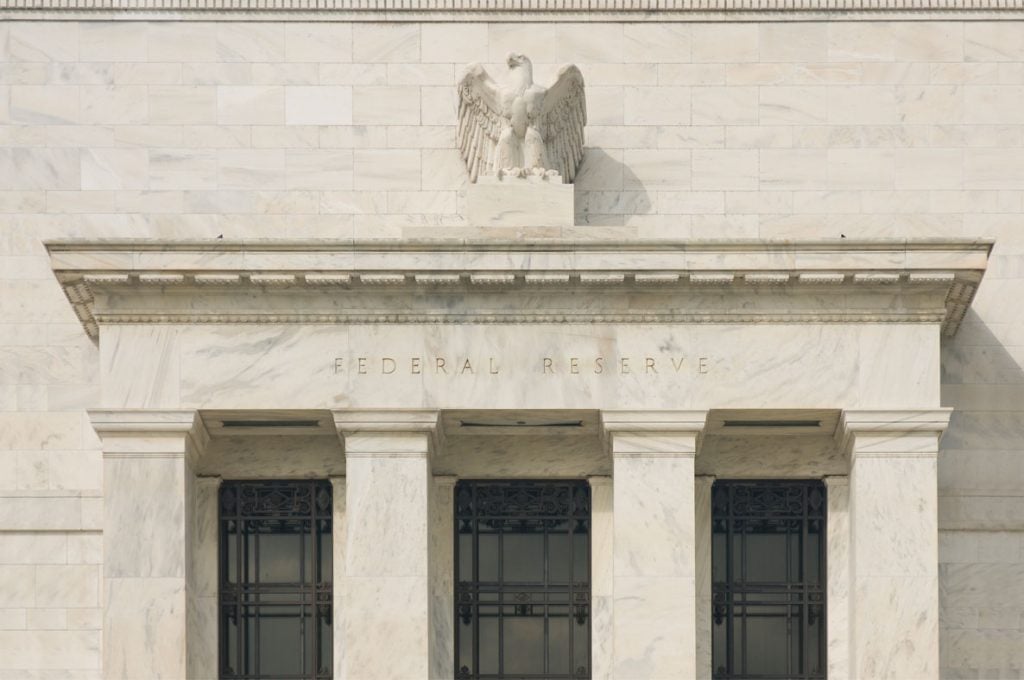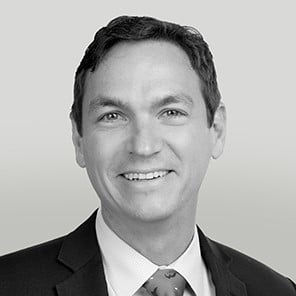As is tradition, every August central bankers converge on the Federal Reserve Bank of Kansas City’s annual symposium in Jackson Hole, Wyoming. Over the past two decades or so, this meeting has been the site of some of the most important planning and signaling of global monetary policy.
As is tradition, every August central bankers converge on the Federal Reserve Bank of Kansas City’s annual symposium in Jackson Hole, Wyoming. Over the past two decades or so, this meeting has been the site of some of the most important planning and signaling of global monetary policy.
These days, when investors across the world look to analyze the U.S. (and indeed, global) market, their study often starts with looking to the U.S. Federal Reserve and trying to foresee whether Chairman Jerome Powell will raise, lower or maintain interest rates. While he of course has other tools at his disposal, many, including the individual residing at 1600 Pennsylvania Avenue, have come to regard the Fed’s influence on rates crucial in determining the direction and velocity of the U.S. equity markets.
This last weekend, the Jackson Hole participants discussed new tools, tools that have been unused in the last several recessionary go-rounds, as well monetary policy, quantitative easing and different ways they can communicate to influence market sentiment. Investors the world over will be looking for clues coming out of speeches and papers as to how the Fed views the U.S. economy. This year’s meeting was one of the most closely watched in Jackson Hole since the Bernanke years of 2010-2012 queuing up Quantitative Easing rounds.
“In principle, anything that affects the outlook for employment and inflation could also affect the appropriate stance of monetary policy, and that could include uncertainty about trade policy. There are, however, no recent precedents to guide any policy response to the current situation.”
Jerome Powell, Jackson Hole, August 22, 2019.
The Fed only has so many tools at its disposal, so making sense of the Fed’s upcoming choices depends on an accurate understanding of where the Fed believes we are within the economic cycle. If the Fed believes that we are in the end stages of an economic cycle, it is likely focused on staving off the impending economic slowdown and rates can fall more dramatically — and the Fed can signal this by discussion of tools and easing capabilities. Conversely, if the Fed views the economy as being mid-cycle, then maintaining the “slow and low” economic growth we have been experiencing over the last several years would seem to be the focus, and rates will remain supportive but without falling dramatically. And notably, the all-important recession indicator of the 10-year less 2-year U.S. Treasury yield will likely increase as we see renewed late-cycle economic growth.
Jackson Hole and other upcoming Fed meetings should start to telegraph a bit more clearly the stage of the economic cycle at which the Fed believes we stand, and this will allow us to make better judgements about how long rates will be lower. At this juncture, we think it likely that lower rates will remain low for quite a while. We already have lower bound interest rates than most thought likely, and with negative yields occurring across much of the world, the artificial barrier of zero as the bottom of the range has been shattered. Just the general knowledge investors now possess that base rates have gone below zero materially, so zero is not the lower bound, increases the chances that they actually will, even in the U.S.
As far as the equity markets, there are fewer catalysts for strong upside volatility, and we see those (like rate cuts) as only maintaining current rates of growth. Typically, equity markets drop 20% to 30% in a typical recession. Given this, as the probability of near/medium term recession rises so the expected value returns for the future continue to fall.

